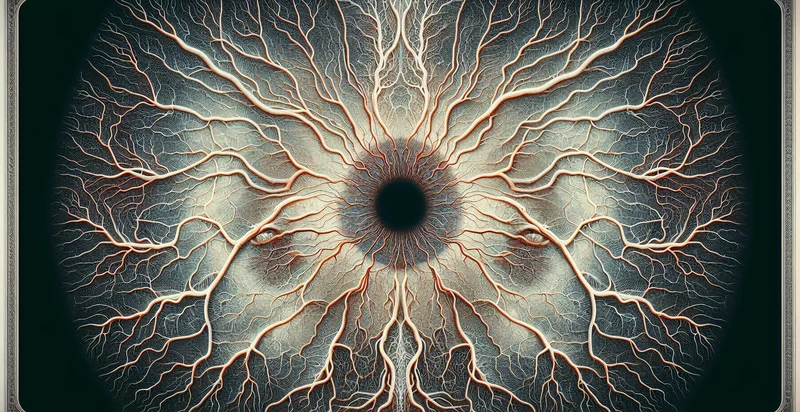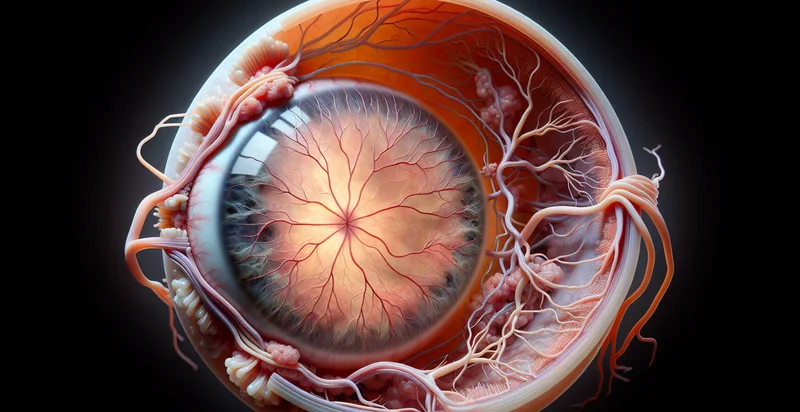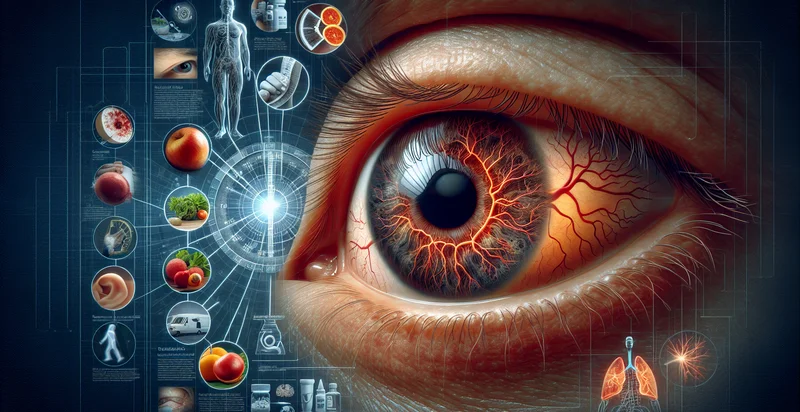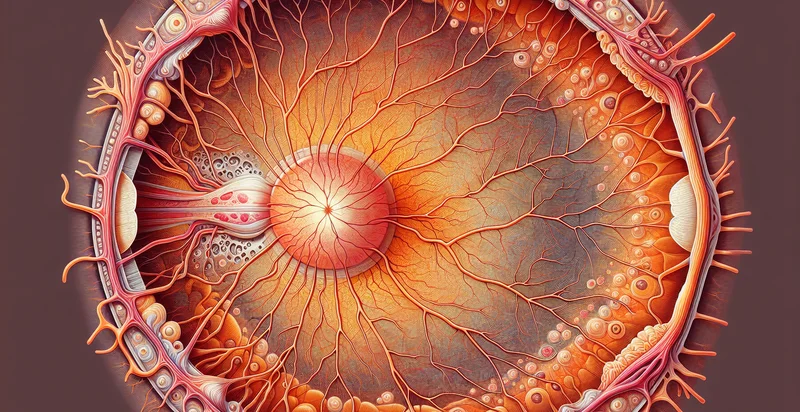Identify retinal vessels
using AI
Below is a free classifier to identify retinal vessels. Just upload your image, and our AI will predict the type and health of retinal vessels present in the image. - in just seconds.

Contact us for API access
Or, use Nyckel to build highly-accurate custom classifiers in just minutes. No PhD required.
Get started
import nyckel
credentials = nyckel.Credentials("YOUR_CLIENT_ID", "YOUR_CLIENT_SECRET")
nyckel.invoke("retinal-vessels", "your_image_url", credentials)
fetch('https://www.nyckel.com/v1/functions/retinal-vessels/invoke', {
method: 'POST',
headers: {
'Authorization': 'Bearer ' + 'YOUR_BEARER_TOKEN',
'Content-Type': 'application/json',
},
body: JSON.stringify(
{"data": "your_image_url"}
)
})
.then(response => response.json())
.then(data => console.log(data));
curl -X POST \
-H "Content-Type: application/json" \
-H "Authorization: Bearer YOUR_BEARER_TOKEN" \
-d '{"data": "your_image_url"}' \
https://www.nyckel.com/v1/functions/retinal-vessels/invoke
How this classifier works
To start, upload your image. Our AI tool will then predict the type and health of retinal vessels present in the image..
This pretrained image model uses a Nyckel-created dataset and has 15 labels, including Abnormal, Branching, Bulging, Constricted, Dilated, Disorganized, Enlarged, Narrowed, Normal and Opaque.
We'll also show a confidence score (the higher the number, the more confident the AI model is around the type and health of retinal vessels present in the image.).
Whether you're just curious or building retinal vessels detection into your application, we hope our classifier proves helpful.
Related Classifiers
Need to identify retinal vessels at scale?
Get API or Zapier access to this classifier for free. It's perfect for:
- Early Diabetic Retinopathy Detection: The retinal vessels identifier can assist ophthalmologists in the early detection of diabetic retinopathy by analyzing retinal images for abnormal vessel patterns. By flagging areas of concern, it can facilitate timely interventions and improve patient outcomes.
- Age-Related Macular Degeneration Screening: This function can be employed in screening programs to identify abnormal changes in retinal vessels associated with age-related macular degeneration (AMD). Early identification allows for effective monitoring and management of the disease.
- Telemedicine Consultations: In remote healthcare settings, the retinal vessels identifier can enhance telemedicine consultations by providing quick and accurate assessments of retinal health. This can expand access to specialist care, especially in underserved areas.
- Research in Cardiovascular Health: Researchers can utilize the retinal vessels identifier to study the relationship between retinal vascular health and systemic diseases like hypertension and cardiovascular conditions. This could lead to new insights and potential preventive strategies.
- Medical Training and Education: The tool can be used in medical education to train students and professionals in identifying retinal vessel abnormalities. It can serve as a valuable learning resource in understanding ocular health and its implications in systemic diseases.
- Longitudinal Patient Monitoring: Clinics can incorporate the retinal vessels identifier into routine eye exams for chronic disease management, enabling longitudinal studies of retinal changes over time. This can help in assessing the progression of conditions like diabetes and hypertension.
- Clinical Decision Support Systems: Integrating this function into electronic health record systems can provide clinicians with a powerful decision support tool. It can assist in evaluating the risk of complications and guiding treatment options based on the state of the retinal vessels.


